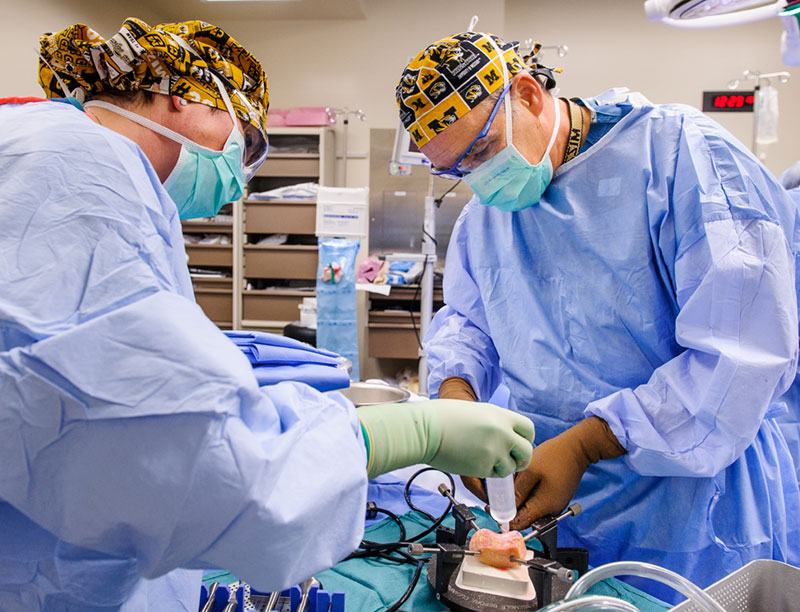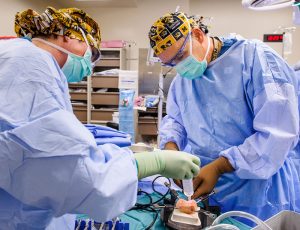
Researchers at the University of Missouri School of Medicine have developed a new technology that reportedly more than doubles the storage life of bone and cartilage grafts from organ donors.
Doctors throw away more than 80 percent of donated tissue for joint replacements, according to the university. Under traditional preservation methods, grafts are often unusable due to a lack of live tissue cells after 28 days. Testing requirements and logistics eat up time.
The traditional preservation method involves storing tissue in medical-grade refrigeration units in sealed bags filled with a standard solution. The Missouri Osteochondral Allograft Preservation System (MOPS) utilizes a newly developed preservation solution and specially designed containers that allow the tissue to be stored at room temperature.
The clinical outcomes found that MOPS extends donor tissue storage time to at least 60 days versus the previous average of 28 days.
The ultimate benefit is that more graft material will be available and it will be a better quality for joint replacement, says James Stannard, M.D., co-author of the study and J. Vernon Luck Sr. Distinguished Professor of Orthopaedic Surgery.
“For patients with joint problems caused by degenerative conditions, metal and plastic implants are still a very good option,” Stannard says in a university news release. “When the end of a bone that forms a joint is destroyed over time, the damage is often too extensive to use tissue grafts. However, for patients who experience trauma to a joint that was otherwise healthy before the injury, previous activity levels needn’t be drastically altered if we can replace the damaged area with living tissue.”
A study on MOPS, “A Novel System Improves Preservation of Osteochondral Allografts,” was published in Clinical Orthopaedics and Related Research.


Nichole Wilson, RN, assists James Stannard, M.D., in preparing a tissue graft for a biologic joint replacement at the Missouri Orthopaedic Institute.




